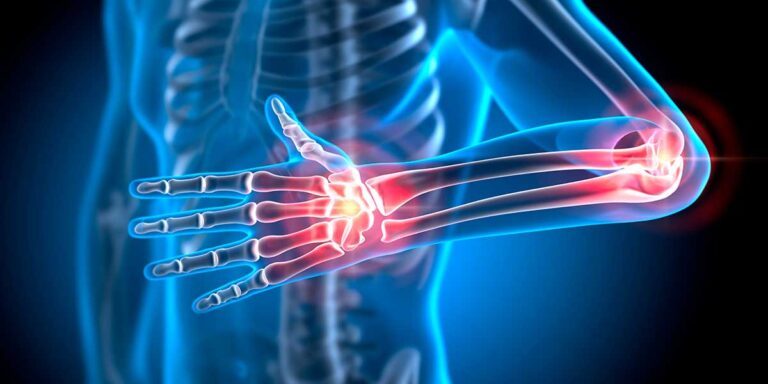Managing Chronic Pain with Physical Therapy: Non-Drug Approaches
Chronic pain is a persistent, often debilitating condition that affects millions of people worldwide. While medication can be effective in managing pain, it’s not always the ideal solution due to potential side effects and the risk of dependency. Fortunately, physical therapy offers non-drug approaches that can help individuals suffering from chronic pain regain control of…






